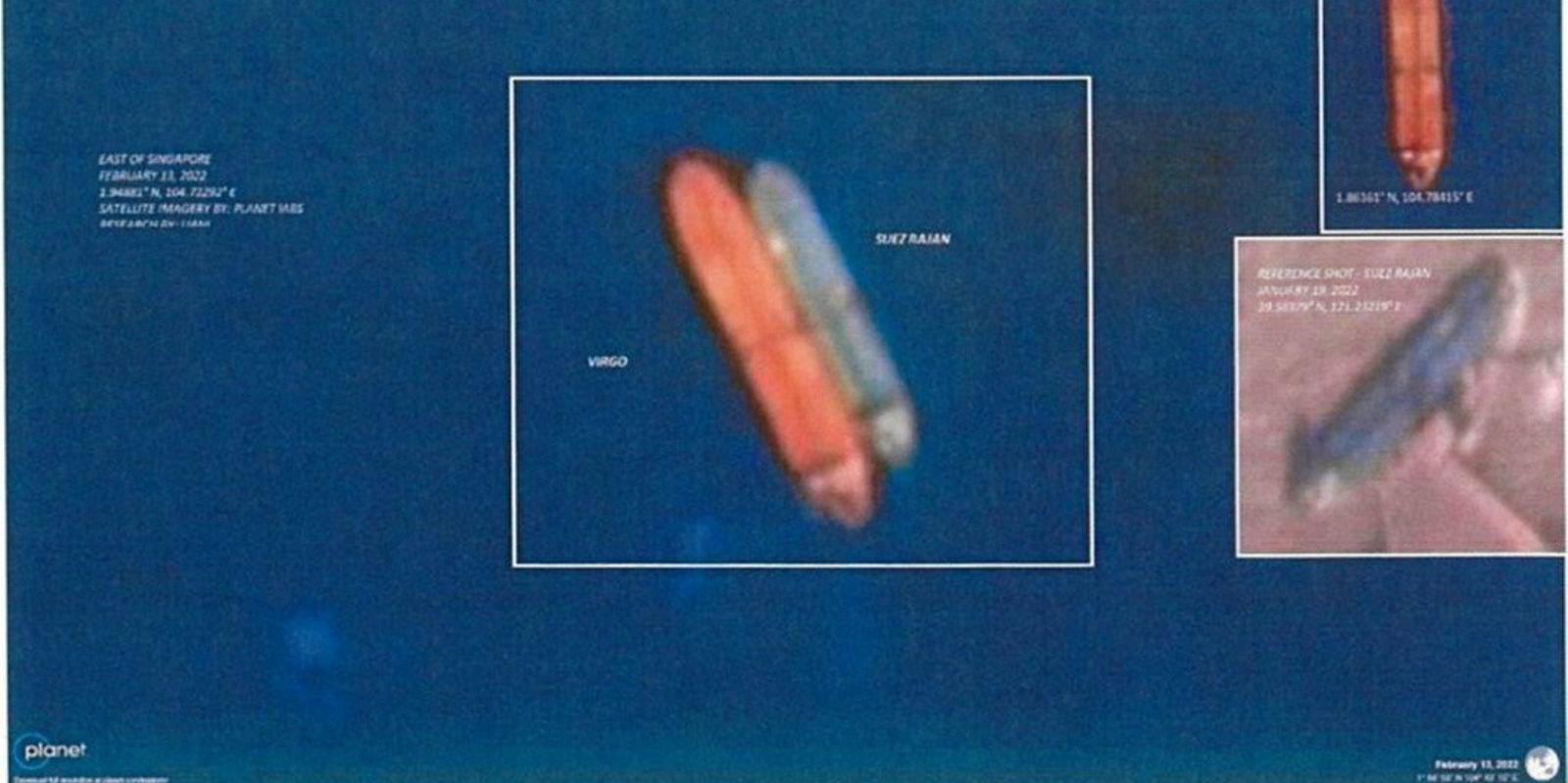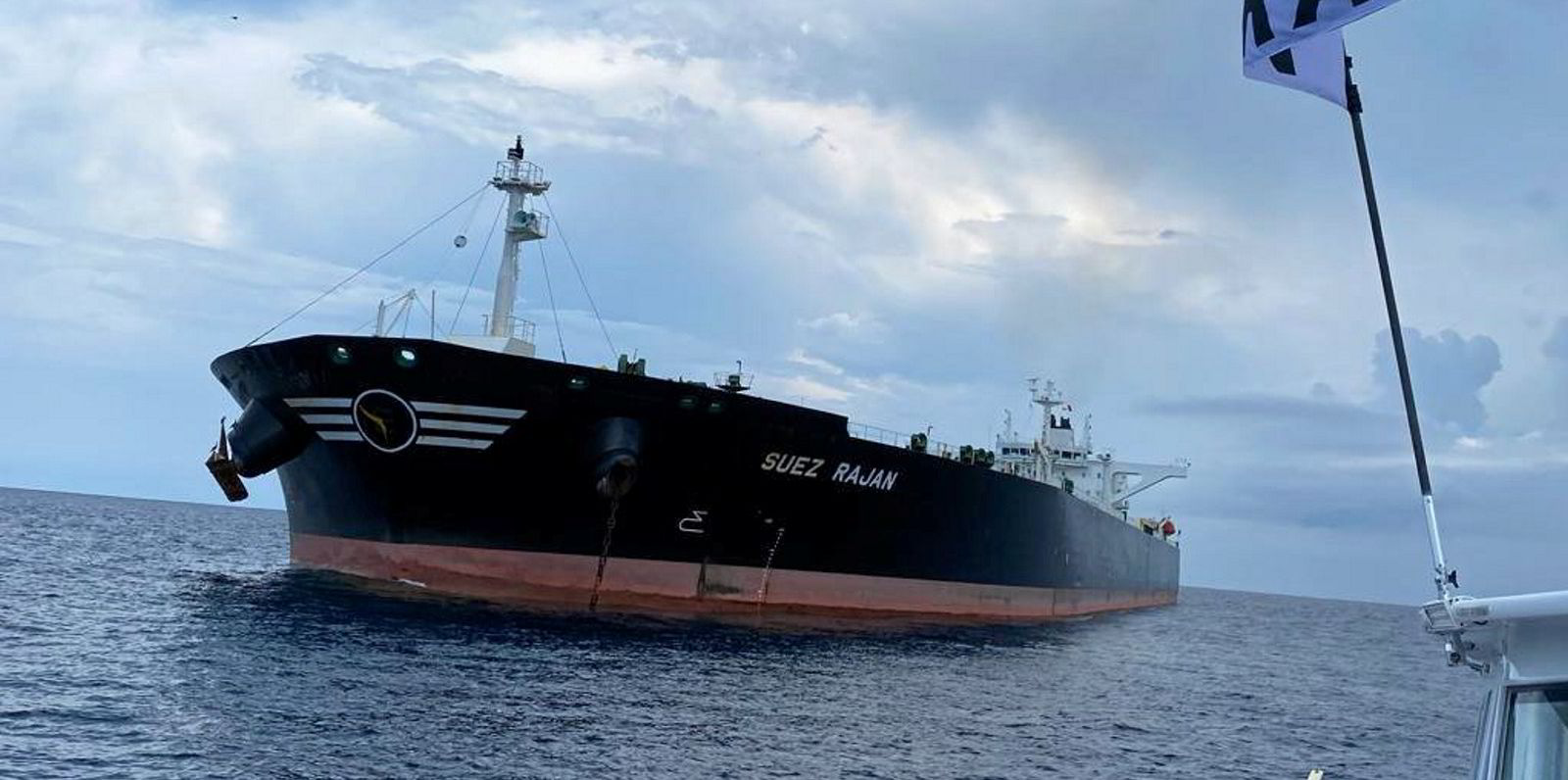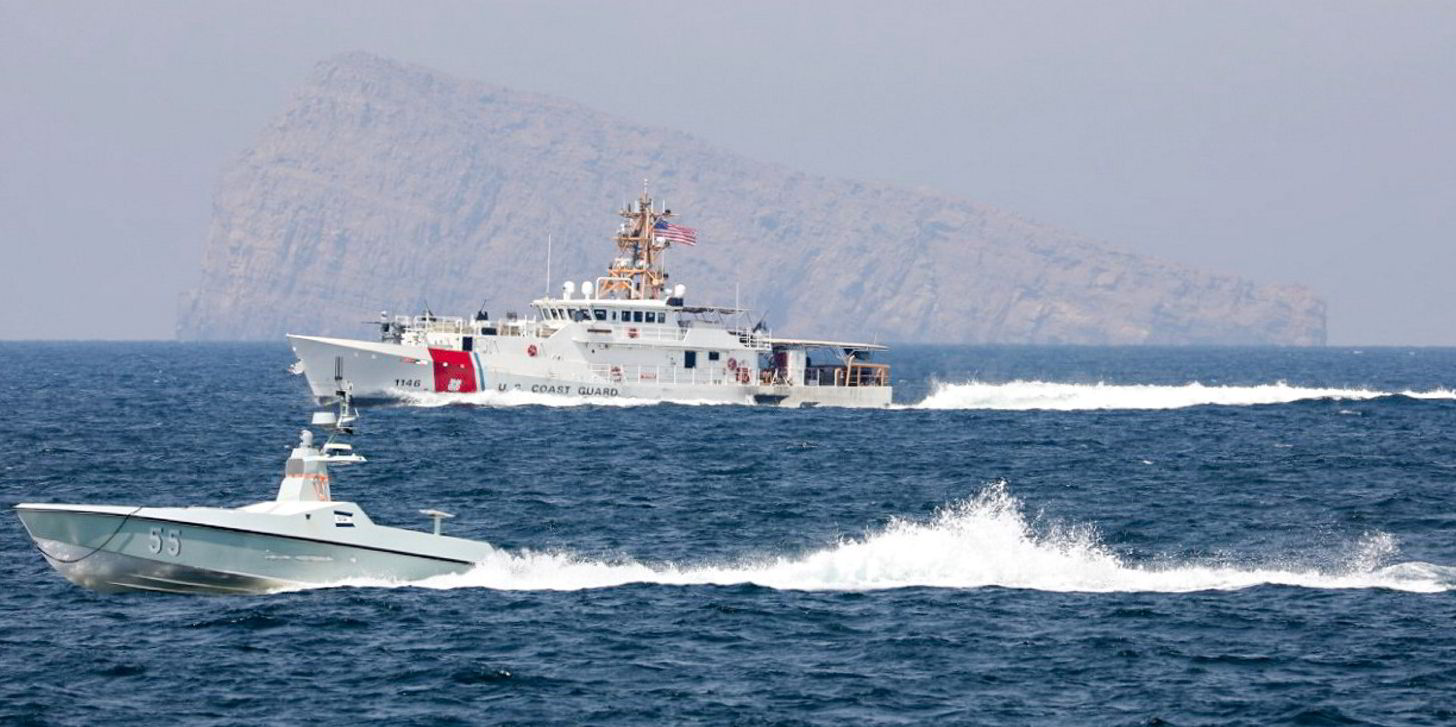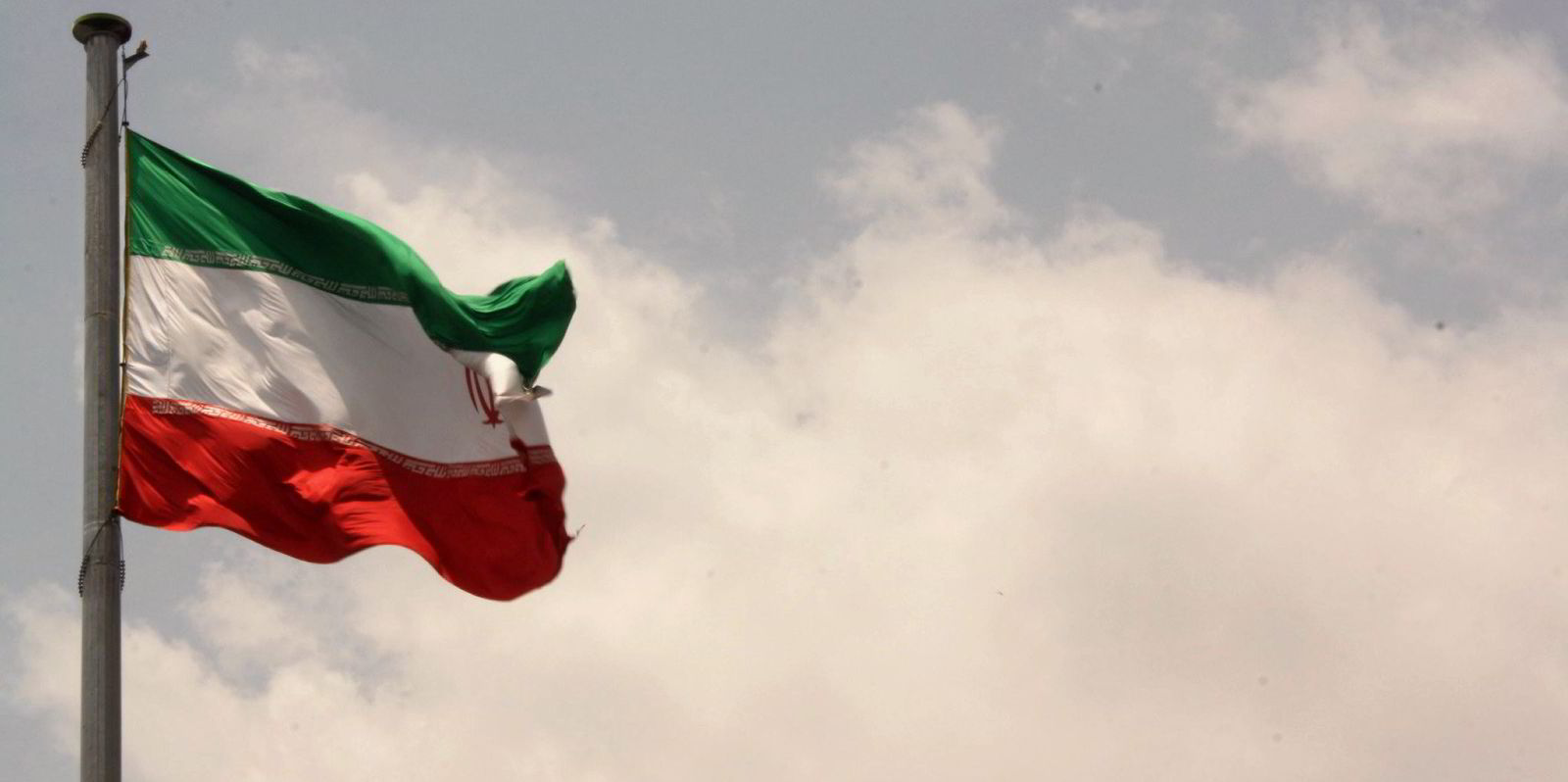Shipowners embroiled in sanctioned oil trading investigations are increasingly wary of cooperating with US regulators because of fears of retaliation by Iran, according to legal sources.
The US and its allies have been seizing Iranian-linked cargoes since 2019 after then-President Donald Trump pulled out of a nuclear deal — the Joint Comprehensive Plan of Action — negotiated by his predecessor Barack Obama that allowed the oil trade.
But Iranian retaliation, which has included the seizure of ships in the Strait of Hormuz and reported threats, has left owners concerned about what will happen if they engage with regulators working on Western sanctions programmes.
“The level of concern in the tanker industry about cooperating with the Americans has gone way up because of concerns about Iranian retaliation,” one legal source said.
“They were not too scared of the Iranians a couple of years ago ... but people are bonafidely worried about that now. So these shipowners are very much between a rock and a hard place.”
The case of the 159,000-dwt tanker Suez Rajan (built 2011) highlighted how regulators focus on weak links susceptible to US pressure to break into a chain of smuggling to disrupt shipments of Iranian oil that contravene US sanctions.
The Suez Rajan marked the first criminal penalty in an Iranian sanctions case involving the transport of oil and resulted in a fine of nearly $2.5m for Greek operator Empire Navigation, according to the US Department of Justice.
The Stamatis Molaris-led company admitted that documents were falsified to hide the origins of the oil received in a ship-to-ship transfer in the Tanjung Pelepas anchorage off Malaysia in February 2022, US court documents showed.

Empire Navigation agreed to cooperate with US prosecutors in the case and shoulder the costs of hauling the Iranian oil to the US.
But details of the operation were sealed for months because of concerns that the action “was likely to cause security risks to the defendants, the government, as well as the vessel and its crew members”, according to US court documents.
As the tanker headed towards the US after a year anchored off Malaysia, the Iranian Navy seized the 159,100-dwt suezmax tanker Advantage Sweet (built 2012) — a Turkish-owned and Chevron-chartered vessel — in an apparent retaliatory attack. The Iranians claimed the seizure was linked to a collision with a fishing craft.
When the Suez Rajan arrived in Houston, US lightering companies with exposure in the Persian Gulf were “literally afraid” to get involved in offloading the oil because of fears of retribution, an energy executive based in the Texas city told the Wall Street Journal.
The US claimed in May that Iran had harassed or attacked 15 internationally flagged merchant ships over the previous two years.
The oil was eventually removed by Empire Navigation’s 50,000-dwt MR tanker Euphrates (built 2008), according to vessel tracking.
A group of 10 US lawmakers last month wrote to President Joe Biden demanding information on “allegations of threats and intimidation” against individuals and corporations that delayed the offloading of oil from the Suez Rajan.

“The enforcement of petroleum sanctions will become irrelevant if American citizens and companies involved live in fear of Iranian retaliation,” the letter said.
After one of the most notorious sanctioned tanker cases, the Suez Rajan was renamed on 1 September to St Nikolas, according to Equasis. It left Galveston, Texas, on ballast this week, tracking data shows.
United Against Nuclear Iran (UANI), the group that first flagged the nature of the Suez Rajan cargo, said it had faced suspected Iranian harassment, including threats, attempted hacking and the organisation’s listing on the equivalent of Iran’s sanctions system.
Claire Jungman, who heads the group’s tanker tracking efforts, said: “The revenue Iran accumulates from oil is its largest source of revenue, so being able to export it is a top priority for them. That’s why UANI as an organisation focuses so much on that to cripple that source of revenue.”
But for those caught up in cases, the threat of Iranian reprisals is the lesser of two evils when faced with the threat of being put on a sanctions list by regulators, said Ian Bolton, the former lead interdiction officer for the UK’s sanctions programme from 2013 to 2016.
Regulators target a link in the chain where they can have some leverage, such as a Western shipping company or an insurer that has sufficient influence to force a vessel into a port where steps can be taken to investigate.
Bolton, who now runs consultancy Sanctions SOS, said: “That’s the way it works. For us in the UK, that was the insurance market. We got them to insist the ship had to pull into a port for inspection by authorities. And that was our route in.
“If I was a shipowner, I’d still be more concerned about the regulatory impact than I would be about nefarious activity. Iran is probably increasing that type of activity and putting pressure on shipping. But that’s illegal and you go to the authorities.
‘Game over for a company’
“It’s not just about fines. If you’re seen to be bowing to Iranian pressure, then you could be designated for being part of their network and that extends beyond the ship and the cargo. That would be game over for the company.”
The full extent and success of US attempts to seize Iranian cargoes remains unknown as forfeiture warrants applied for under anti-terrorism legislation remain sealed until the oil is removed.
Meanwhile, Iranian oil exports have steadily grown and are now at their highest levels since the end of the nuclear deal, with China taking the majority.
Observers said US forfeiture efforts have been made more difficult because of limited resources, long investigations needed and enforcement now focused on Russian sanctions breaches.
Seizure operations are a complex exercise, with intelligence, cargo-tracking data, court orders and port calls to friendly states having to align to seize cargoes.
A legal source said the US has strong practical tools because of its potent sanctions powers.
“They say, ‘your charterer is lying to you, they’ve breached sanctions warranties, and put you in a bad position’,” the source said. “‘Why don’t you help us and surrender the oil and we’ll help you? We can do this the easy way, or we can do this the hard way’. Not too many shipowners in that position opt for the hard way.”
Public court documents point to a string of cases that have followed a pattern, with US regulators zoning in on Western interests where they can apply pressure because of their exposure to the US banking or legal systems.
The US confiscated a cargo of Iranian oil on board a VLCC in 2021 after securing the cooperation of Evangelos Marinakis’ Capital Ship Management, which operated the 298,000-dwt VLCC Achilleas (built 2010).
The VLCC was at the end of the chain of a “sophisticated and covert attempt” to hide the Iranian origin of the cargo, according to Capital. The company said it had taken all “necessary actions to ensure that they ... remain in full compliance with all applicable laws”.
The operation involved five other tankers. The United Arab Emirates-based charterer was said to be working on behalf of Iranian interests including the Quds Force, which is designated by the US as a terrorist organisation.
The previous year, the US seized more than 1.1m barrels of Iranian oil from four tankers heading to Venezuela that were connected to management companies with links to Greece’s George Gialozoglou.
Read more
- Suez Rajan cases raise questions over Iran’s crude dealings and US sanctions
- Russian oil revenues surge after price cap breaches
- Oil sale already approved in US forfeiture action against Suez Rajan cargo
- Empire Navigation admits role in Iranian oil smuggling operation
- Russia’s IMO role hangs in balance after threats to Black Sea shipping
- Supertanker owners shun US fixtures to Asia as rates tumble




